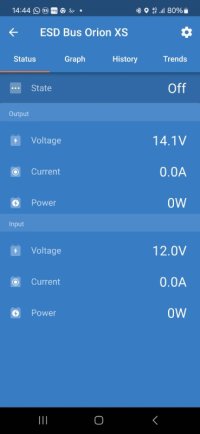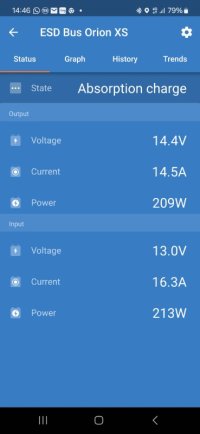The engine shutdown detection on my Victron DC-DC charger isn't doing a great job, so (after a massive amount of time researching on this forum) I have decided to run an ignition live to the h-pin on the remote on/off terminal on the charger.
I plan to use a fuse tap plugged into one of the vacant slots in the central column of fuse slots in the fuse box under the dash in my 2018 T6.
Please could someone (who, unlike me) knows what they are doing confirm this is all OK? Also, what size fuse should the fuse tap have?
Cheers.
I plan to use a fuse tap plugged into one of the vacant slots in the central column of fuse slots in the fuse box under the dash in my 2018 T6.
Please could someone (who, unlike me) knows what they are doing confirm this is all OK? Also, what size fuse should the fuse tap have?
Cheers.





